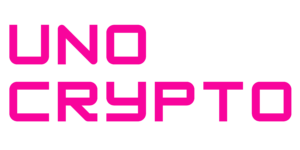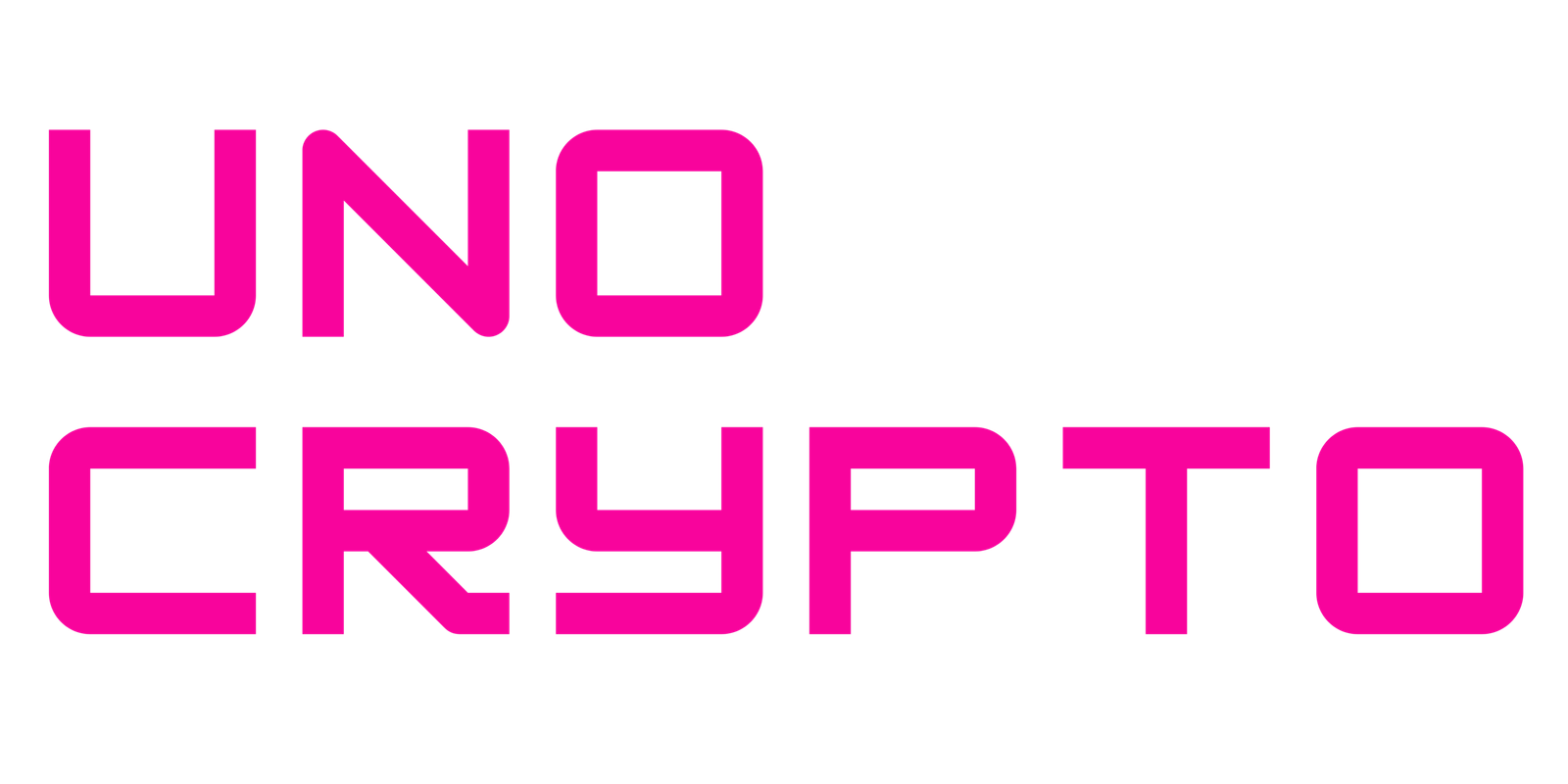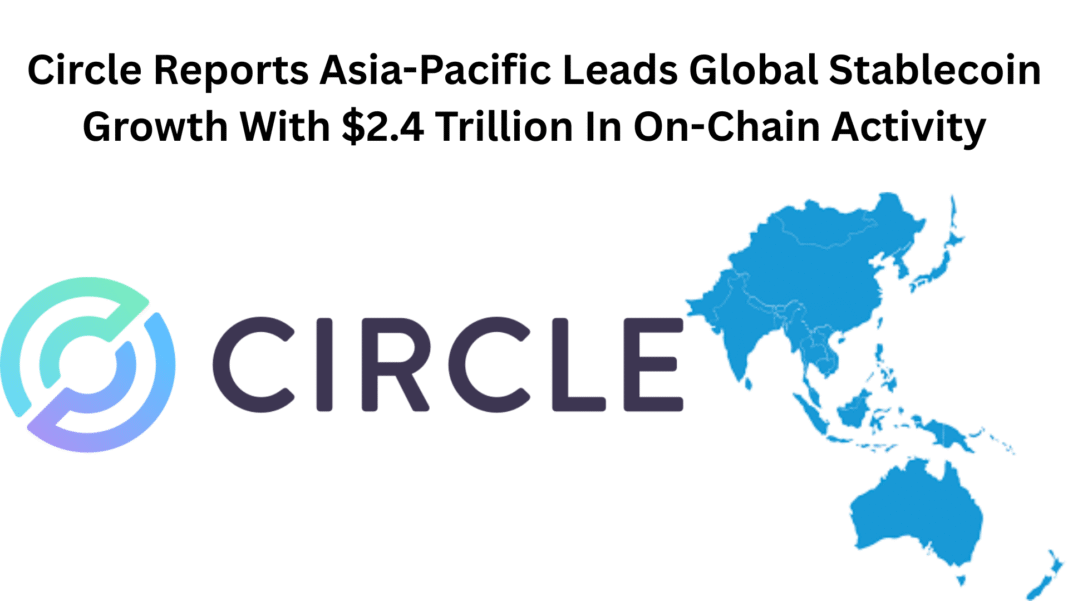According to a report published at Circle Forum Singapore, Circle, the stablecoin giant, stated that between June 2024 to June 2025, the APAC region recorded a growth of 69% year on year to $2.4 trillion of on-chain stablecoin activity.
According to Circle, 56% of Asian institutions have already integrated stablecoins into their payment system, settlement solutions and treasury mechanisms.
The growth helps to account for monthly volumes jumping from less than $100 million in early 2023 to more than $3 billion by early 2025.
Quick snapshot
The market cap for global stablecoins surpassed $300 billion this year. Tether’s USDT accounts for roughly $176.3 billion, or 58%, of that market.
Circle’s USDC comes next, at $74 billion, while the sector grew 20% in the third quarter of 2025. That pace outstripped many traditional asset classes and reflects strong institutional demand, Circle said.
Circle’s message in Singapore
At Circle Forum Singapore, Yam Ki Chan, Circle’s VP for APAC, said this about the regional trend in a direct quote: “Asia has the highest adoption rate of stablecoins worldwide. At Circle Forum Singapore, we explored how APAC is embracing on-chain finance, with $2.4 trillion of activity from June 2024 to June 2025.”
Where does the activity come from?
Corporate cross-border payments are a major driver, and travel firms, luxury retail, and high-value goods sectors also added volume.
Firms use stablecoins to move funds quickly and at a lower cost than some traditional channels. The result has been fast growth in transaction volume across the region.
Also Read: Circle Partners With Crossmint To Expand USDC Access Across Multiple Chains, Here’s All
Hubs and regulatory moves
Singapore and Hong Kong now rank as the second and third-largest stablecoin hubs after the United States. Hong Kong’s Stablecoin Bill became effective on August 1, and the Hong Kong Monetary Authority said it received inquiries from more than 40 companies right after the law took effect.
Bank of China Hong Kong moved quickly toward a license, and reports that the bank plans to apply helped push its shares up 6.7% on September 1. The bank created a task force to study stablecoin issuance and how it might act as a rival to the digital yuan.
Banks and consortium join in
Major firms are preparing to issue or support stablecoins, as JPMorgan and Citigroup have moved on to joint stablecoin work. In Europe, ING, UniCredit, and seven other banks are collaborating on a euro stablecoin that aims to meet MiCA rules and target a 2026 launch.
These group efforts could let banks pool deposits and scale issuance more effectively than any single bank could alone.
Animoca Brands set up Anchorpoint Financial Limited with Standard Chartered Bank Hong Kong and HKT and filed a formal interest with the HKMA on August 1.
Ant Group said it plans to apply for stablecoin licenses in Hong Kong, Singapore, and Luxembourg. Ant’s international arm handled over $1 trillion in transactions last year and reported nearly $3 billion in revenue for 2024.
Japan and JPYC
Japan is moving on a parallel path, and the Financial Services Agency is expected to approve the first yen-denominated stablecoin soon.
JPYC plans to issue up to 1 trillion yen over three years, about $6.8 billion. Hedge funds and family offices have shown interest in possible carry trade strategies tied to yen stablecoins.
After Circle’s NYSE listing, SBI Holdings and SBI Shinsei Bank invested $50 million in Circle. The two firms formed Circle SBI Japan KK to speed up USDC use inside Japan.
Analysts say stablecoins could handle 5% to 10% of global cross-border transactions by 2030. That would mean trillions of dollars in annual volume, and the mix of stronger rules, bank involvement, and yield-bearing designs is reshaping where the capital flows.
Also Read: USDC Issuer Circle Eyes Fraud-Resistant Reversible Transactions, Sparks Centralisation Concerns


